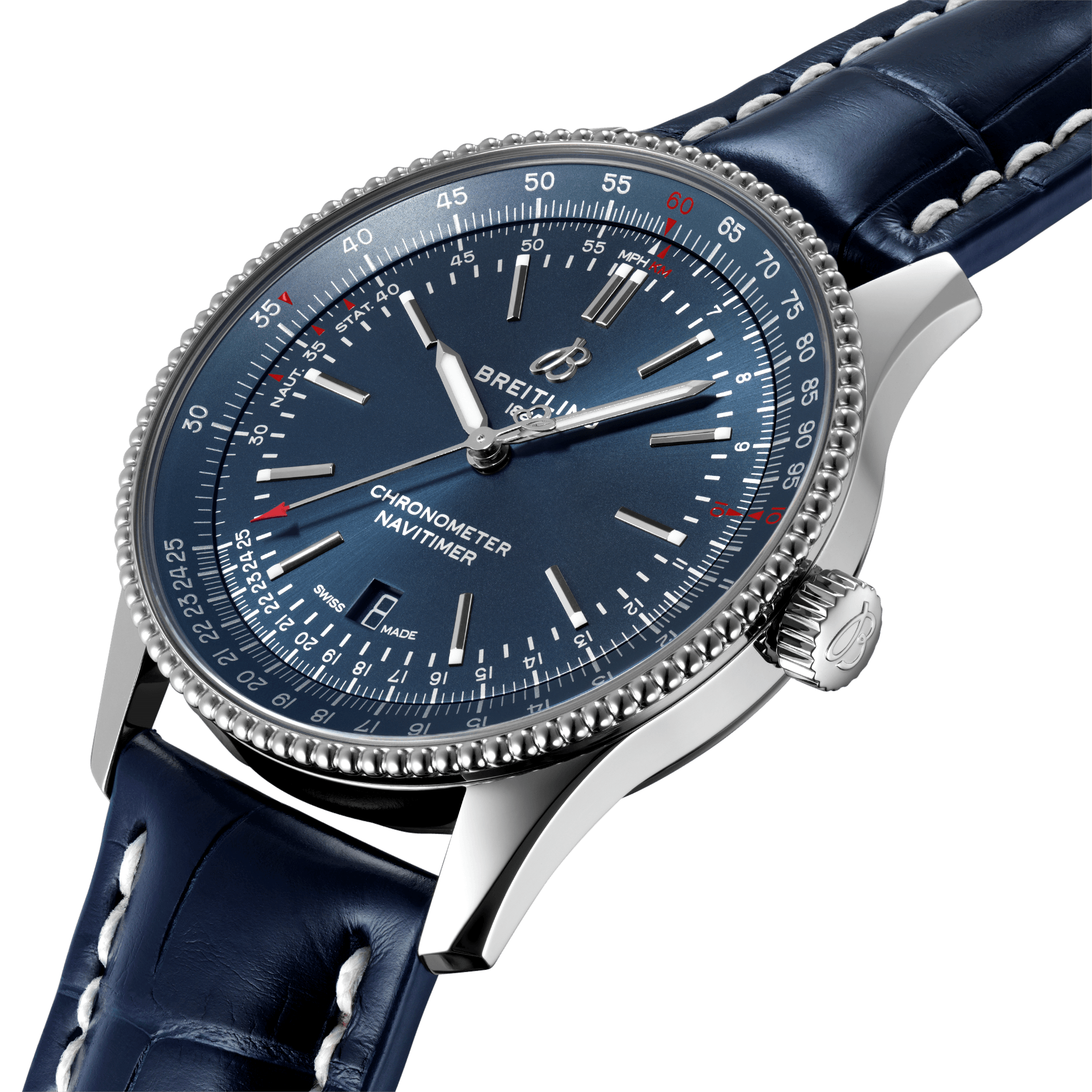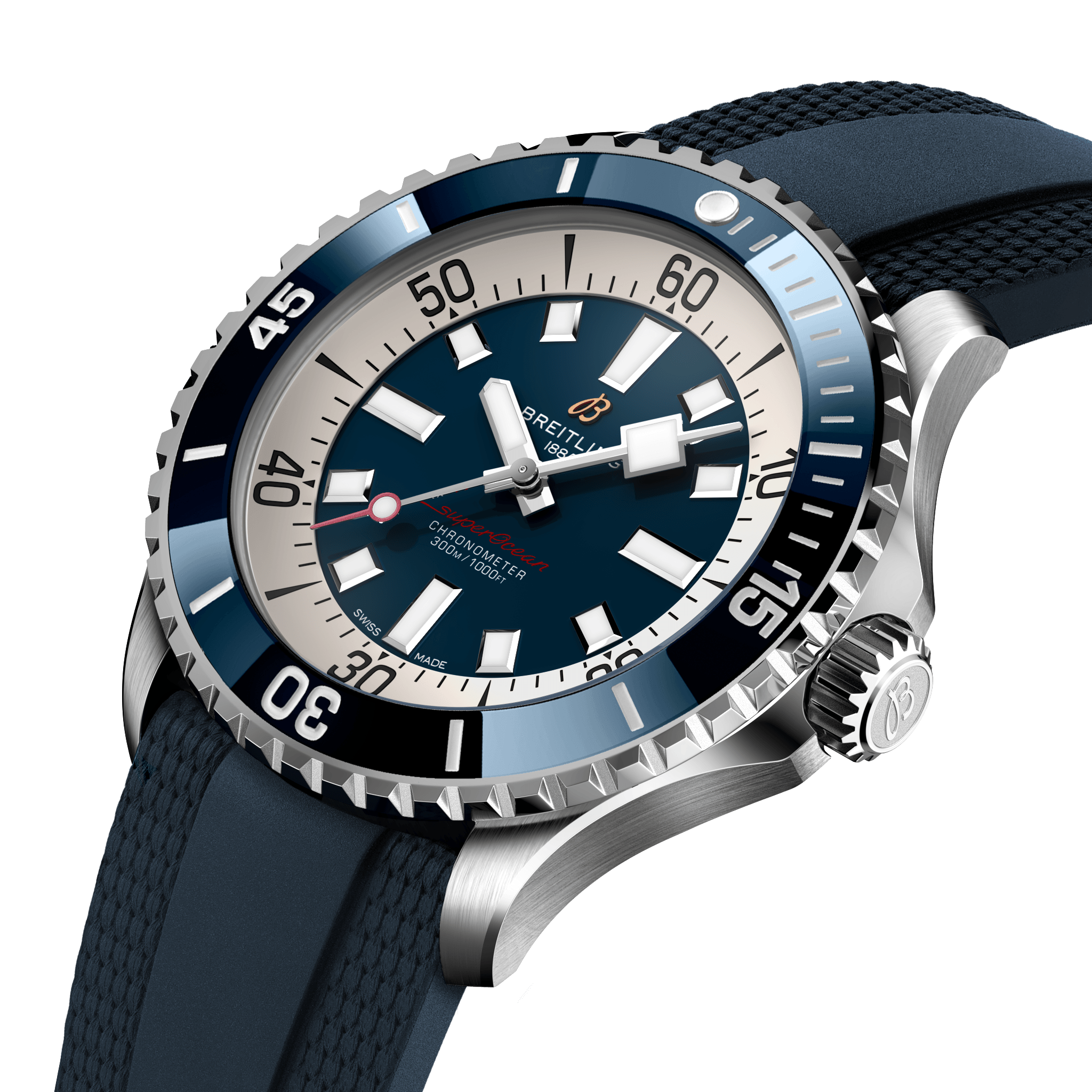No Products in the Cart

Whether you are purchasing your very first luxury, high quality timepiece or adding to an already existing collection, there are several key decisions that will need to be made.
You’ll want to look closely at style and design of course, as well as deciding what statement you’re hoping to make when you wear your new timepiece. Equally as important is deciding what kind of strap you want. The strap of a watch is as essential to the history of wristwatches as the iPhone is to cell phones. Remember that if it weren’t for the strap, we’d all still be carrying our watches around in our pockets with chains connecting them to our shirt or jacket.
The introduction of the watchstrap changed everything. From the beginning, watch straps were made from leather. Leather seemed to be an obvious choice because it was durable, easy to get and affordable. At first, these leather straps were made more for utility than anything else. There was little to any thought given to the actual look or design of the strap. In most cases, straps were added to watches so that they could be used in a more practical way. Metal strap bars were welded on each end of a watch that allowed the leather strap to be attached.
As time went on, leather straps became more refined and stylish. Different types and thickness of leather were used to create straps that added to the overall look of the timepiece.
Eventually, other animal skins followed leather, including crocodile, lizard and even ostrich skin. In addition to the type of leather, stitching began to play a bigger role and continues to do so today. A leather wristband for any watch is considered traditional and stylish by anyone’s standards. The cost of leather straps has significantly increased over the years and can be fairly expensive based on the material used.

Around the 1960’s rubber sports bands were introduced as an alternative to leather straps for watches. The use of sports straps had much to do with the use of watches in sports such as diving. They are both resistant to water and sweat, making them more desirable for those wearing watches during high physical activity.
Just like leather straps, the sports band has continued to evolve in style and design. Once considered a cheap substitute for leather, sports straps are carefully designed and highly sought after by divers and athletes. High quality and popular rubber straps can be expensive on their own.
The question of which strap is better really comes down to personal preference and use. To highlight your timepiece in a more formal setting, leather straps are still the go-to traditional look. For reliability in physical situations, a sports strap is probably your best bet.